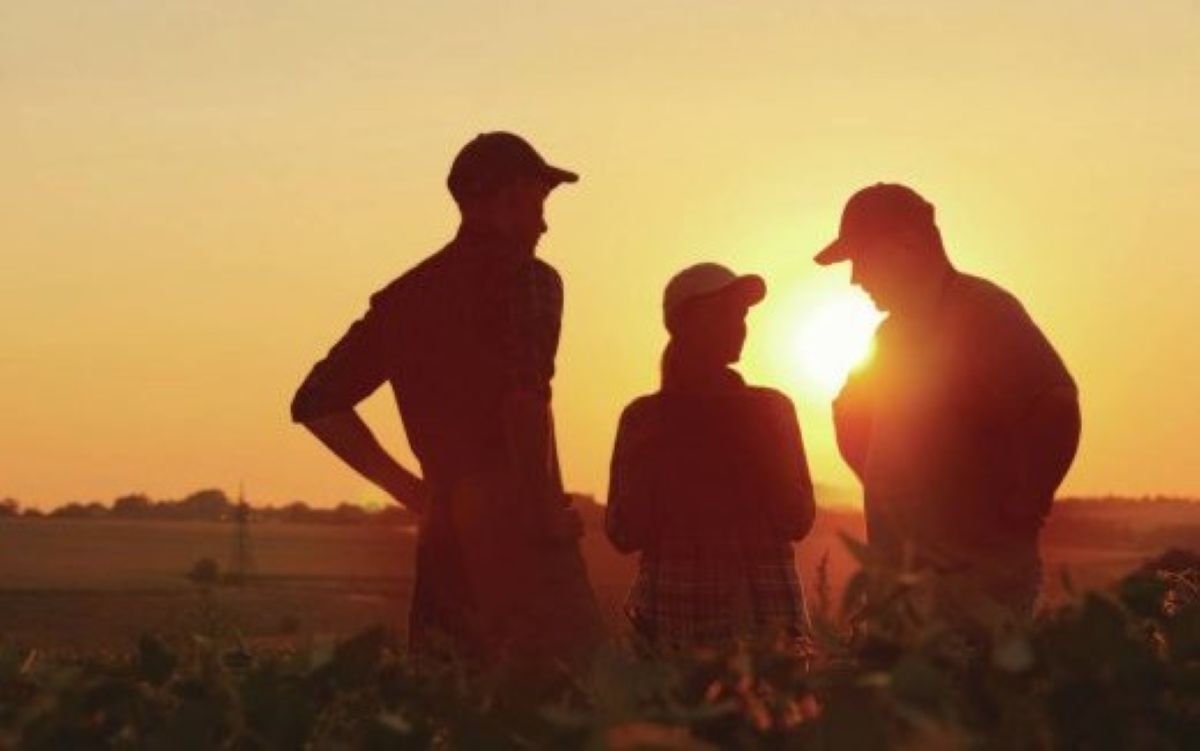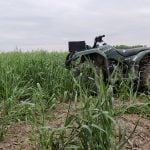Through a company called AgStream, Gary Pike
of Calgary s Pike Management Group was among
the first to actively court joint-venture arrangements with growers in Western Canada
under which outside investors provide operating money to farmers to produce canola, in
exchange for a portion of the crop.
Pike says growers showed a fair amount of interest in the program, especially
younger growers who were expanding aggressively without necessarily buying more land
to expand their asset bases. Instead they were renting and leasing land, but that can
lead to a cash crunch when it comes time to put the crop into the ground, Pike explains.
Read Also

The Secret Sauce of Sibling Run Farms
Working with family can be difficult, but successful sibling agricultural operations seem to leverage the unique advantages of their relationships to create growth for their farms.
It can be tough to expand your operation without expanding your asset base, Pike
says. How do you justify another million dollars, in today s [economic] climate, if you ve
taken control of another 5,000 acres? It can be pretty tough.
Pike says he knows of a number of young, aggressive operators who are farming
25,000-or 30,000-acre farms, but they only own a fraction of that land because they re
looking at the business differently than the farm operators of a generation or two ago.
Back then farming was both a business and a lifestyle. Today it s a business first and
foremost. That makes these operators more likely to consider business models rather
than the old sole proprietor models which relied on owning assets.
They re looking to grow the value of their business, gain capital and make it into a
substantial business, Pike explains. More than ever they re willing to look at business
models with a different twist. They ll do a joint venture if it makes them more money.
There s also the issue of the changing market for farmland and the farm real estate
business which makes incremental growth much more difficult.
It used to be that you d buy land in bits and pieces a quarter here and a section
there, Pike says. Now we re seeing more and more farms being sold as businesses
and closing as a block.
That means farmers may find they re forced to expand in much larger increments
than in the past, as equipment, land units and so forth are all coming in super-sized portions.
This may also force farmers to consider new business models, Pike says, as the
industry continues to evolve.










